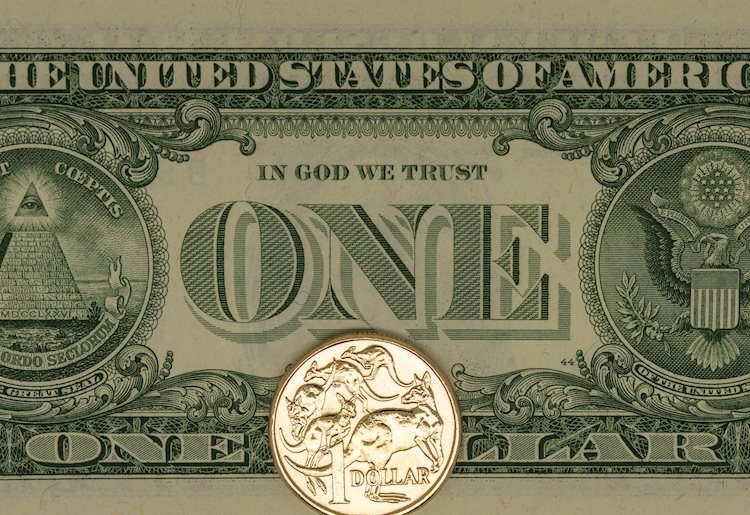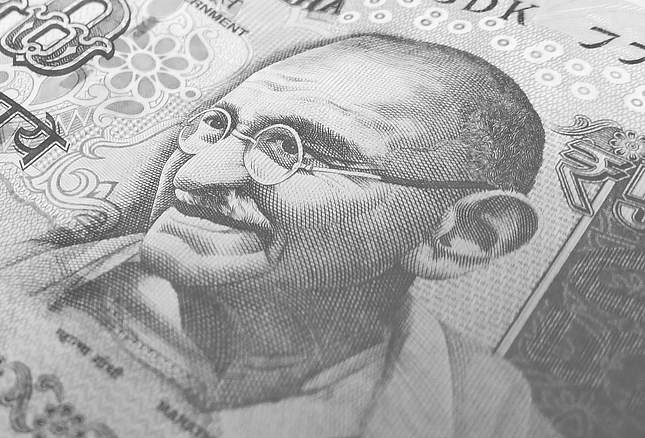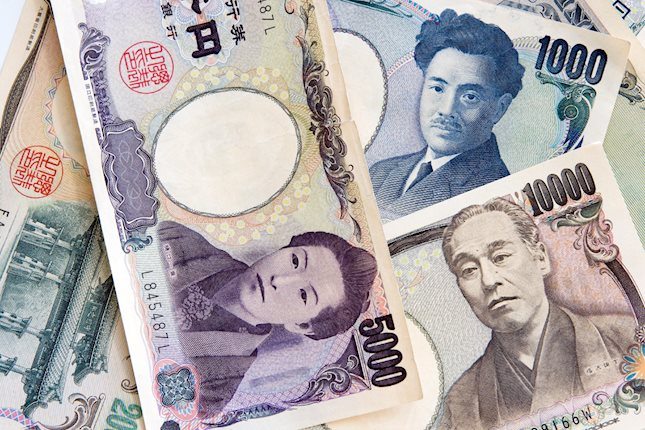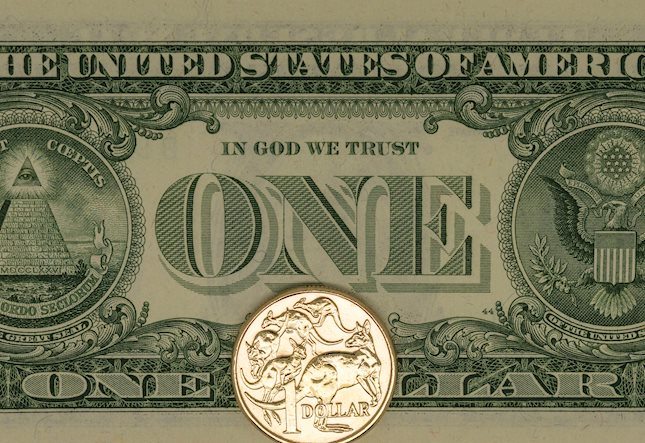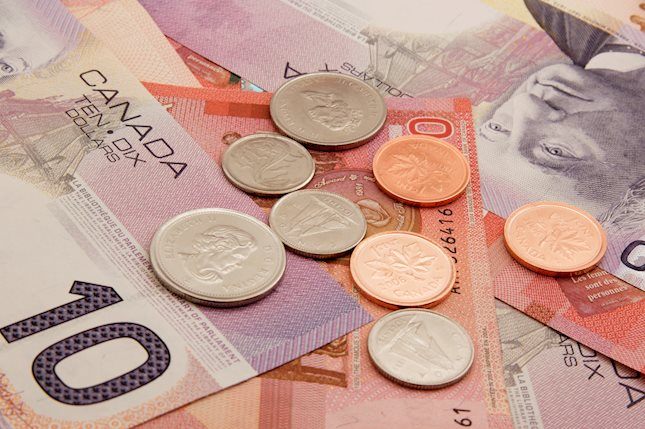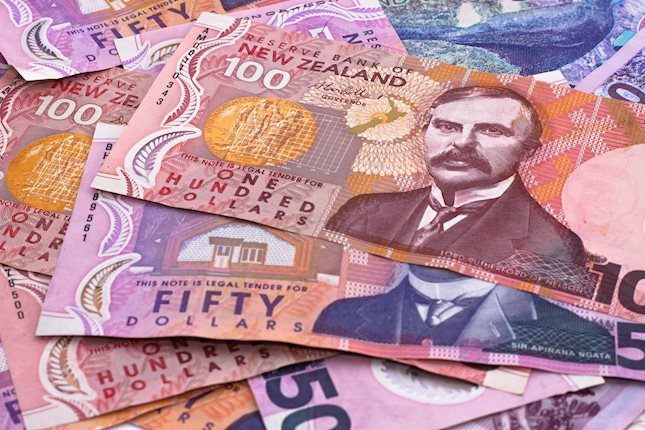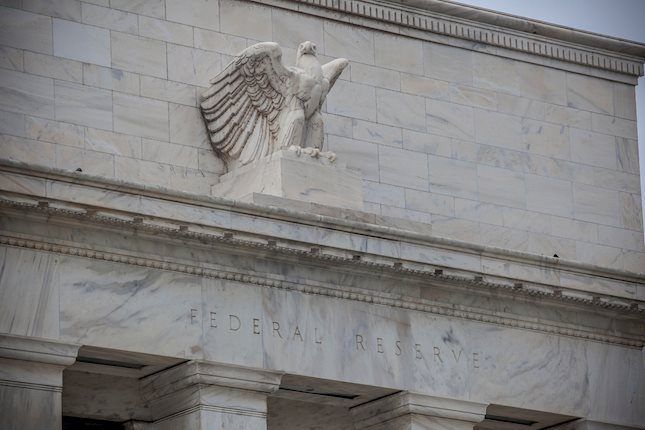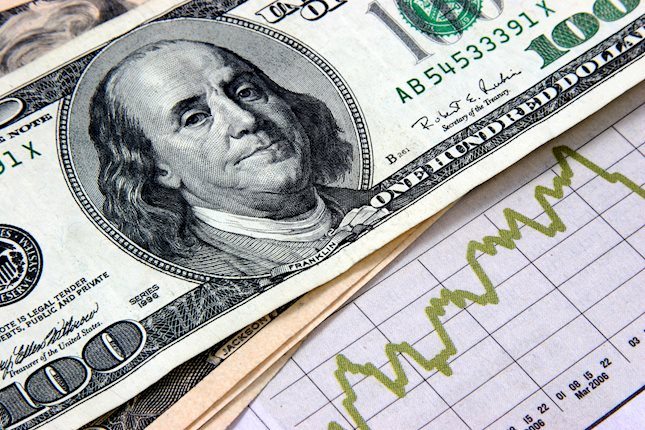Australian Dollar holds gains due to hawkish sentiment surrounding the RBA
- The Australian Dollar gains ground due to the hawkish sentiment surrounding the RBA's policy outlook.
- The Aussie Dollar may face challenges due to increased risk aversion amid concerns over potential inflation resurgence in the US.
- The 2- and 10-year US yields stand at 4.02% and 4.19%, respectively.
The Australian Dollar (AUD) retraces its recent losses against the US Dollar (USD) on Tuesday. However, the AUD/USD pair struggled following a surge in US Treasury yields, which rose over 2% on Monday. This increase was driven by signs of economic strength and concerns about a potential resurgence of inflation in the United States (US).
The Aussie Dollar receives support from hawkish sentiment surrounding the Reserve Bank of Australia (RBA) regarding its policy outlook, bolstered by positive employment data from Australia. Additionally, the AUD found support from China's recent rate cuts, given that China remains Australia’s largest trading partner.
The US Dollar gained strength as recent economic data dispelled the likelihood of a bumper rate cut by the Federal Reserve (Fed) in November. According to the CME FedWatch Tool, the likelihood of a 25-basis-point rate cut in November is 89.1%, with no expectation of a larger 50-basis-point cut.
Traders await the Purchasing Managers Index (PMI) reports from both the US and Australia, set to be released on Thursday. These reports could provide insight into the health of each economy and influence future monetary policy decisions.
Daily Digest Market Movers: Australian Dollar declines due to rising risk aversion
- 2-year and 10-year yields on US Treasury bonds stand at 4.02% and 4.19%, respectively, at the time of writing.
- On Monday, Federal Reserve Bank of Minneapolis President Neel Kashkari highlighted that the Fed is closely monitoring the US labor market for signs of rapid destabilization. Kashkari cautioned investors to anticipate a gradual pace of rate cuts over the coming quarters, suggesting that any monetary easing will likely be moderate rather than aggressive.
- Federal Reserve Bank of San Francisco President Mary Daly stated that while she expects the Fed to gradually lower interest rates over the coming quarters, the central bank remains committed to a data-driven approach.
- RBA Deputy Governor Andrew Hauser addressed the CBA 2024 Global Markets Conference in Sydney on Monday, expressing slight surprise at the strength of employment growth. Hauser noted that the labor participation rate is remarkably high and emphasized that while the RBA is data-dependent, it is not data-obsessed.
- The People's Bank of China (PBoC) reduced the 1-year Loan Prime Rate (LPR) to 3.10% from 3.35% and the 5-year LPR to 3.60% from 3.85%, in line with expectations. Lower borrowing costs are anticipated to stimulate China's domestic economic activity, potentially increasing demand for Australian exports.
- National Australia Bank revised its projection for the Reserve Bank of Australia (RBA) in a note last week. "We have brought forward our expectations for the timing of rate cuts, now anticipating the first cut in February 2025, instead of May," the bank stated. They continue to foresee gradual cuts, with rates expected to decrease to 3.10% by early 2026.
- US Retail Sales rose by 0.4% month-over-month in September, surpassing the 0.1% gain recorded in August and market expectations of a 0.3% increase. Additionally, US Initial Jobless Claims fell by 19,000 during the week ending October 11, the largest decline in three months. The total number of claims dropped to 241,000, significantly below the anticipated 260,000.
- The seasonally adjusted Employment Change in Australia surged by 64.1K in September, bringing the total employment to a record 14.52 million. This far surpassed market expectations of a 25.0K increase, following a revised rise of 42.6K in the previous month. Meanwhile, the Unemployment Rate remained steady at 4.1% in September, matching the revised figure for August and coming in lower than the anticipated 4.2%.
Technical Analysis: Australian Dollar drops to near 0.6650, eight-week lows
The AUD/USD pair trades around 0.6660 on Tuesday. Technical analysis of the daily chart shows the pair below the nine-day Exponential Moving Average (EMA), indicating a short-term bearish outlook. Furthermore, the 14-day Relative Strength Index (RSI) remains below 50, reinforcing the bearish sentiment.
On the downside, the pair could test its eight-week low of 0.6622, last reached on September 11, followed by the psychological level of 0.6600.
Resistance may come from the nine-day EMA at 0.6700, followed by the 50-day EMA at 0.6734. A break above this level could open the door for a move toward the psychological resistance of 0.6800.
AUD/USD: Daily Chart
Australian Dollar PRICE Today
The table below shows the percentage change of Australian Dollar (AUD) against listed major currencies today. Australian Dollar was the strongest against the US Dollar.
| USD | EUR | GBP | JPY | CAD | AUD | NZD | CHF | |
|---|---|---|---|---|---|---|---|---|
| USD | -0.04% | -0.12% | 0.00% | -0.02% | -0.43% | -0.44% | -0.10% | |
| EUR | 0.04% | -0.07% | 0.03% | 0.01% | -0.41% | -0.38% | -0.06% | |
| GBP | 0.12% | 0.07% | 0.12% | 0.10% | -0.33% | -0.33% | -0.00% | |
| JPY | 0.00% | -0.03% | -0.12% | -0.02% | -0.43% | -0.46% | -0.11% | |
| CAD | 0.02% | -0.01% | -0.10% | 0.02% | -0.41% | -0.43% | -0.10% | |
| AUD | 0.43% | 0.41% | 0.33% | 0.43% | 0.41% | -0.01% | 0.31% | |
| NZD | 0.44% | 0.38% | 0.33% | 0.46% | 0.43% | 0.01% | 0.33% | |
| CHF | 0.10% | 0.06% | 0.00% | 0.11% | 0.10% | -0.31% | -0.33% |
The heat map shows percentage changes of major currencies against each other. The base currency is picked from the left column, while the quote currency is picked from the top row. For example, if you pick the Australian Dollar from the left column and move along the horizontal line to the US Dollar, the percentage change displayed in the box will represent AUD (base)/USD (quote).
Australian Dollar FAQs
One of the most significant factors for the Australian Dollar (AUD) is the level of interest rates set by the Reserve Bank of Australia (RBA). Because Australia is a resource-rich country another key driver is the price of its biggest export, Iron Ore. The health of the Chinese economy, its largest trading partner, is a factor, as well as inflation in Australia, its growth rate and Trade Balance. Market sentiment – whether investors are taking on more risky assets (risk-on) or seeking safe-havens (risk-off) – is also a factor, with risk-on positive for AUD.
The Reserve Bank of Australia (RBA) influences the Australian Dollar (AUD) by setting the level of interest rates that Australian banks can lend to each other. This influences the level of interest rates in the economy as a whole. The main goal of the RBA is to maintain a stable inflation rate of 2-3% by adjusting interest rates up or down. Relatively high interest rates compared to other major central banks support the AUD, and the opposite for relatively low. The RBA can also use quantitative easing and tightening to influence credit conditions, with the former AUD-negative and the latter AUD-positive.
China is Australia’s largest trading partner so the health of the Chinese economy is a major influence on the value of the Australian Dollar (AUD). When the Chinese economy is doing well it purchases more raw materials, goods and services from Australia, lifting demand for the AUD, and pushing up its value. The opposite is the case when the Chinese economy is not growing as fast as expected. Positive or negative surprises in Chinese growth data, therefore, often have a direct impact on the Australian Dollar and its pairs.
Iron Ore is Australia’s largest export, accounting for $118 billion a year according to data from 2021, with China as its primary destination. The price of Iron Ore, therefore, can be a driver of the Australian Dollar. Generally, if the price of Iron Ore rises, AUD also goes up, as aggregate demand for the currency increases. The opposite is the case if the price of Iron Ore falls. Higher Iron Ore prices also tend to result in a greater likelihood of a positive Trade Balance for Australia, which is also positive of the AUD.
The Trade Balance, which is the difference between what a country earns from its exports versus what it pays for its imports, is another factor that can influence the value of the Australian Dollar. If Australia produces highly sought after exports, then its currency will gain in value purely from the surplus demand created from foreign buyers seeking to purchase its exports versus what it spends to purchase imports. Therefore, a positive net Trade Balance strengthens the AUD, with the opposite effect if the Trade Balance is negative.
Forex News
Keep up with the financial markets, know what's happening and what is affecting the markets with our latest market updates. Analyze market movers, trends and build your trading strategies accordingly.
